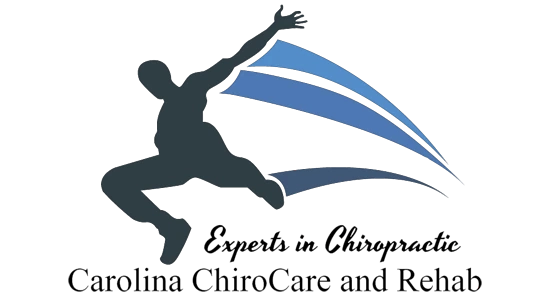IS MY SLOUCHING CAUSING BACK PAIN? KYPHOSIS EXPLAINED

Poor posture, or slouching, in your mid-back is referred to as kyphosis.
Kyphosis in Greek means a hump, but it's better referred to as an excessive convex curve in the thoracic spine. Having an excessive kyphotic curve in the thoracic spine also affects the cervical, lumbar and sacral regions of the spine.
What causes kyphosis?
Kyphosis can be caused by several different underlying conditions.
Chronic bad posture can cause kyphosis
- Chronic poor posture, or slouching over time can cause a biomechanical imbalance in the thoracic spine. Spending 8 to 10 hours a day at the computer or desk is very common these days. Over time, this slouching and poor posture can permanently change the structure of your spinal column.
Osteoporosis can cause kyphosis
- This is a condition that affects older patients. This is a condition where bones begin to weaken and thin, most commonly with older age.
Degeneration of the intervertebral discs can cause kyphosis
- The intervertebral discs are the soft tissue between the vertebrae. If they begin to thin and degenerate this can cause kyphosis in the thoracic spine.
Scheuermann's disease can cause kyphosis
- This disease is characterized by excessive thoracic kyphosis and wedging of the vertebrae which can take place at multiple levels in the spine. It typically affects boys before they reach puberty and can be diagnosed on a plain film x-ray.
Certain birth defects can cause kyphosis
- Kyphosis can be caused by the underdevelopment of the spine, and many times this is associated with poor nutrition during a mother's pregnancy - such as B vitamin deficiency or folic acid deficiency.
Are there any side effects or complications of kyphosis?
Yes. Some of the side effects or complications of kyphosis include
- Back pain
- Poor body image, confidence, and self-esteem.
- Weight loss and decreased appetite
In severe cases, excessive kyphosis in the thoracic spine can compress the stomach and abdominal regions and lead to decreased appetite.
How is kyphosis diagnosed and treated?
Kyphosis is diagnosed by a postural evaluation, thorough history, and physical examination. X-rays can be obtained to help diagnose and visualize the structure of the spine, and in many cases measure the extent of the abnormal curves. In advanced or severe cases, an MRI scan or CT scan may be ordered to better visualize the nerves, spinal cord, and discs.
Chiropractic treatment and management include
Specific spinal adjustments to the vertebrae of the spine, corrective strengthening and stretching exercises, postural consulting and management, back bracing, addressing calcium, vitamin D, and magnesium deficiencies which can be affecting the bones, recommending weight-bearing exercises, addressing leg length deficiencies and problems in the feet with custom foot orthotics.
It's also important to treat the areas of pain with physical therapies, such as electrical muscle stimulation, ultrasound therapy, myofascial release, manual therapy, and traction therapy. In rare cases, kyphosis will require surgery, and you will need a referral to speak with an orthopedist or neurosurgeon who specializes in spine surgeries.
In summary, kyphosis, or excessive slouching in the spine is a condition that should be taken seriously, especially if it's affecting one's daily activities of life like sleeping, working, or participating in recreational activities.
In health,
Dr. Jeffrey Gerdes D.C.
OFFICE HOURS
Monday
9:00am - 6:00pm
Tuesday
9:00am - 6:00pm
Wednesday
9:00am - 6:00pm
Thursday
9:00am - 6:00pm
Friday
10:00am - 4:00pm
Saturday & Sunday
Closed
Carolina ChiroCare and Rehab


